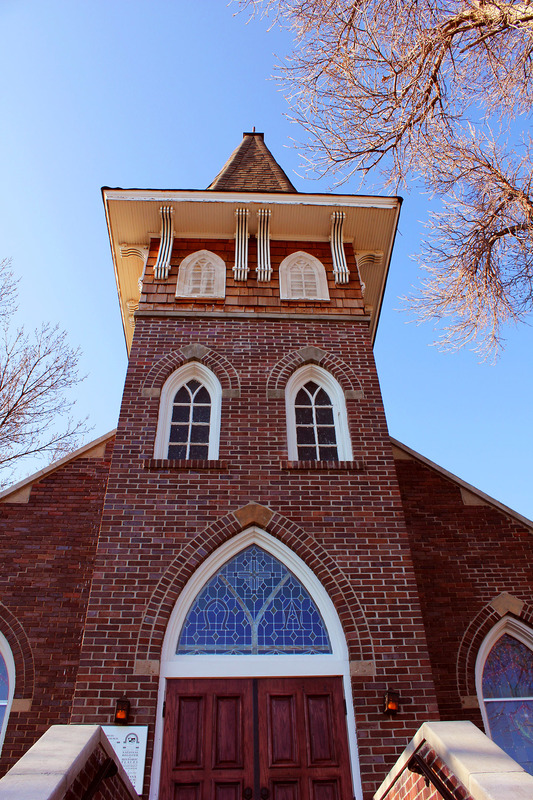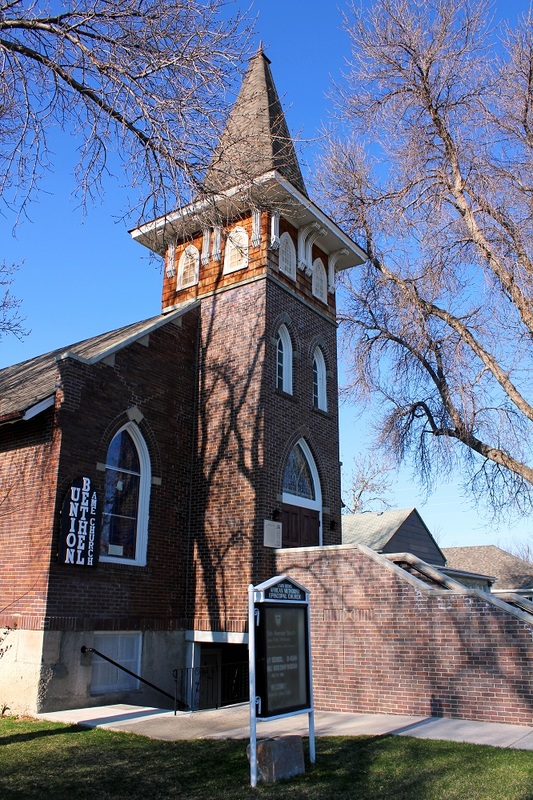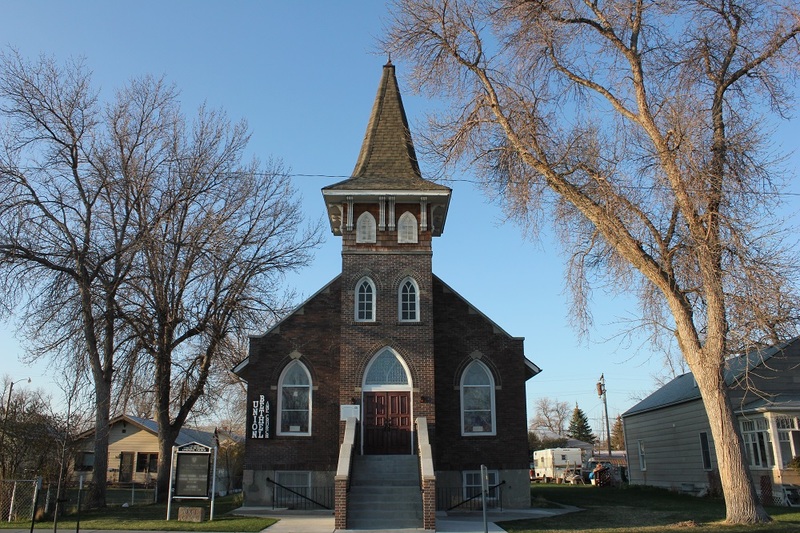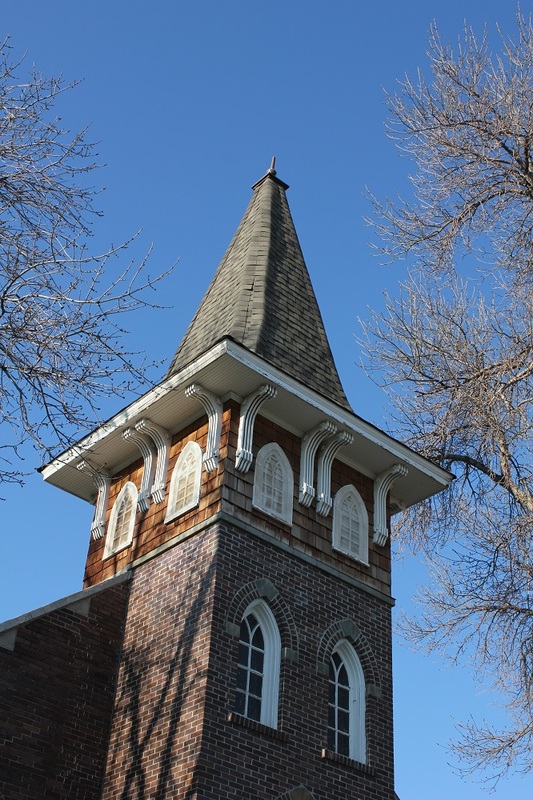Union Bethel African Methodist Episcopal Church
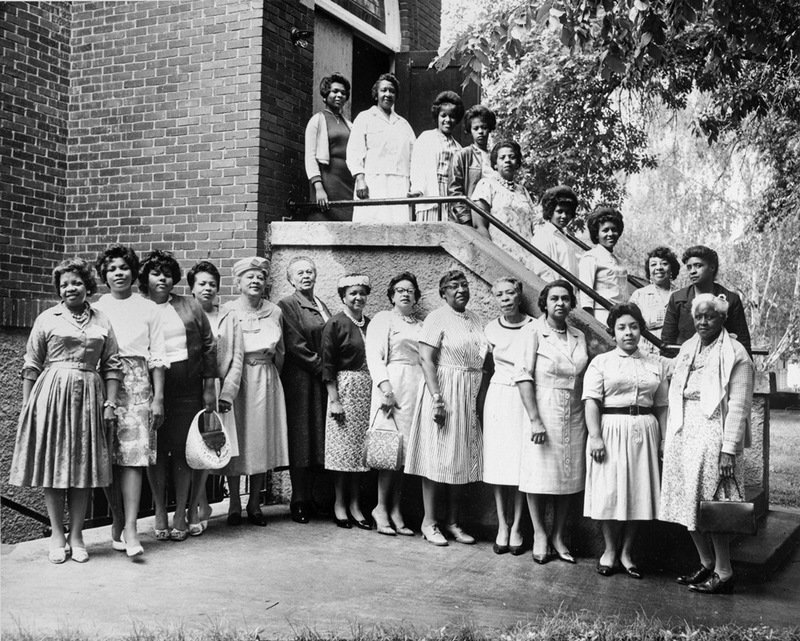
At the center of the African American community in Great Falls for more than a century, the Union Bethel AME Church began holding regular services in the first fire station in 1890. The following year African American residents gathered with white supporters to lay the cornerstone of their new building. Built on swampy ground on donated land, the building was hard to maintain, and by 1915 the wooden church had fallen into disrepair. Substantial contributions from its forty-member congregation as well as donations from sympathetic whites—gathered in a door-to-door campaign conducted by the church’s women—allowed the congregation to rebuild. Completed in 1917, the new Gothic style edifice incorporated the cornerstone of the original structure. Like many African American churches, the wood-frame, brick-veneer building served as both a religious and cultural center. Black secular organizations, like the Dunbar Art and Study Club, were rooted in the church, while pastors promoted the church as a source of wholesome entertainment for Great Falls’ black youth—akin to the YMCA for whites. As importantly, the church offered institutional support for its members, many of whom took leading roles in the fight against segregation in Great Falls. With opening access to other churches and institutions, membership in Union Bethel declined, and the church lost its resident minister in the 1970s. By 2000, however, a full-time minister once again served the church, whose interracial congregation draws members from both long-time Great Falls residents and personnel from nearby Malmstrom Air Force Base.
Images

